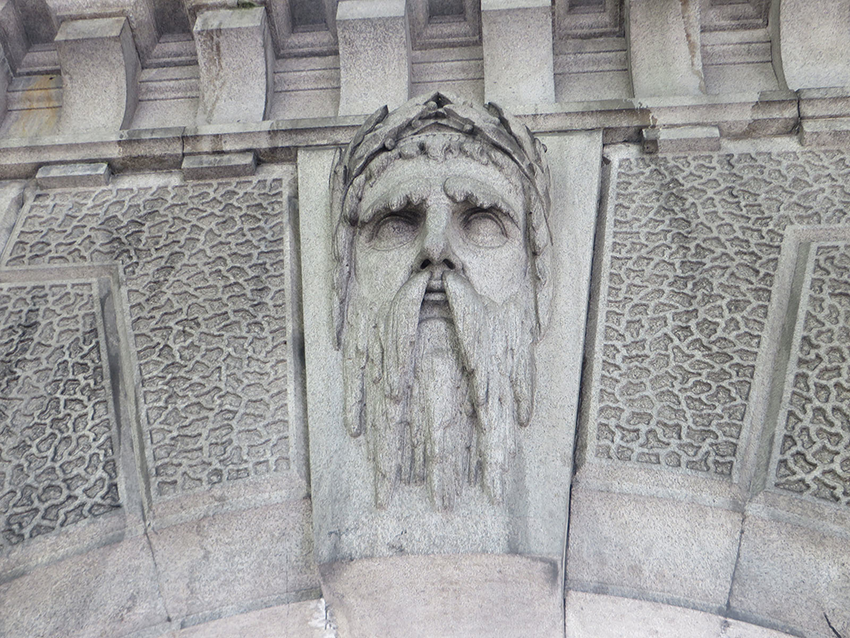Ruth Siddall is a geologist specialising in the study of minerals and rocks used in cultural heritage. She will discuss the influence of Cornish stone on the built environment, and its subsequent decline in use.
Stone from south west England, particularly granite, is ubiquitous in London. Many of the buildings famed for their ‘classic’ Portland Stone construction have foundations of Cornish or Dartmoor granite and these stones were the materials of choice for London’s major engineering projects, for the Embanking of the Thames to Nelson’s Column. Other stones from south west England were used in decorative contexts, the ‘marbles’ of Devon and serpentinites from the Lizard peninsula. The latter achieved a short-lived popularity following the Great Exhibition of 1851.
Ruth Siddall has worked extensively on the characterisation and analysis of artists’ pigments, ceramics and building materials, including mortars, bricks and stone. She is a co-author of The Pigment Compendium and is actively engaged in earth science-related outreach. She is currently collaborating in research studying materiality with colleagues at UCL Slade School of Fine Art.
This talk is organised as part of Groundwork, a three-year project bringing outstanding art and artists to Cornwall, supported by Arts Council England’s Ambition for Excellence scheme. Field trips, workshops and events during 2016 and 2017 are building towards a high-profile programme of commissions and sited work in 2018.
